If you’re just getting started with Touch GIS, be sure to check out part one of this series: Field Mapping With Touch GIS Part 1: Getting started.
The Layers Menu
Layers are how collected data is organized in Touch GIS. Tap the Layers button to open and close this panel. Read more about layer management here.
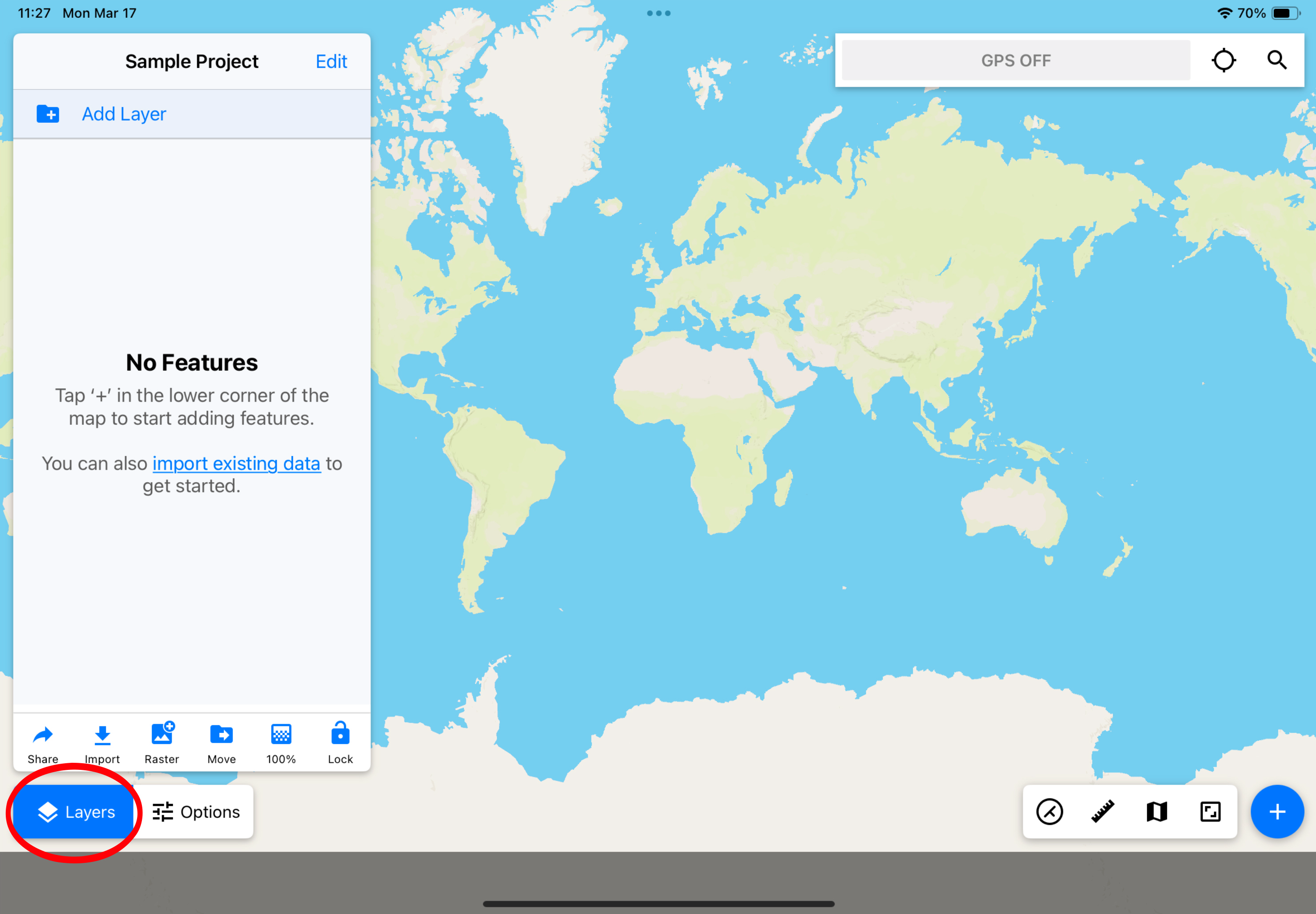
The Options and Settings Menu
Here you will find:
- Feature Class Data Sets
- Your Offline Map Regions
- Maps Settings
- Project Unit Settings
- GPS Settings
- User Guide
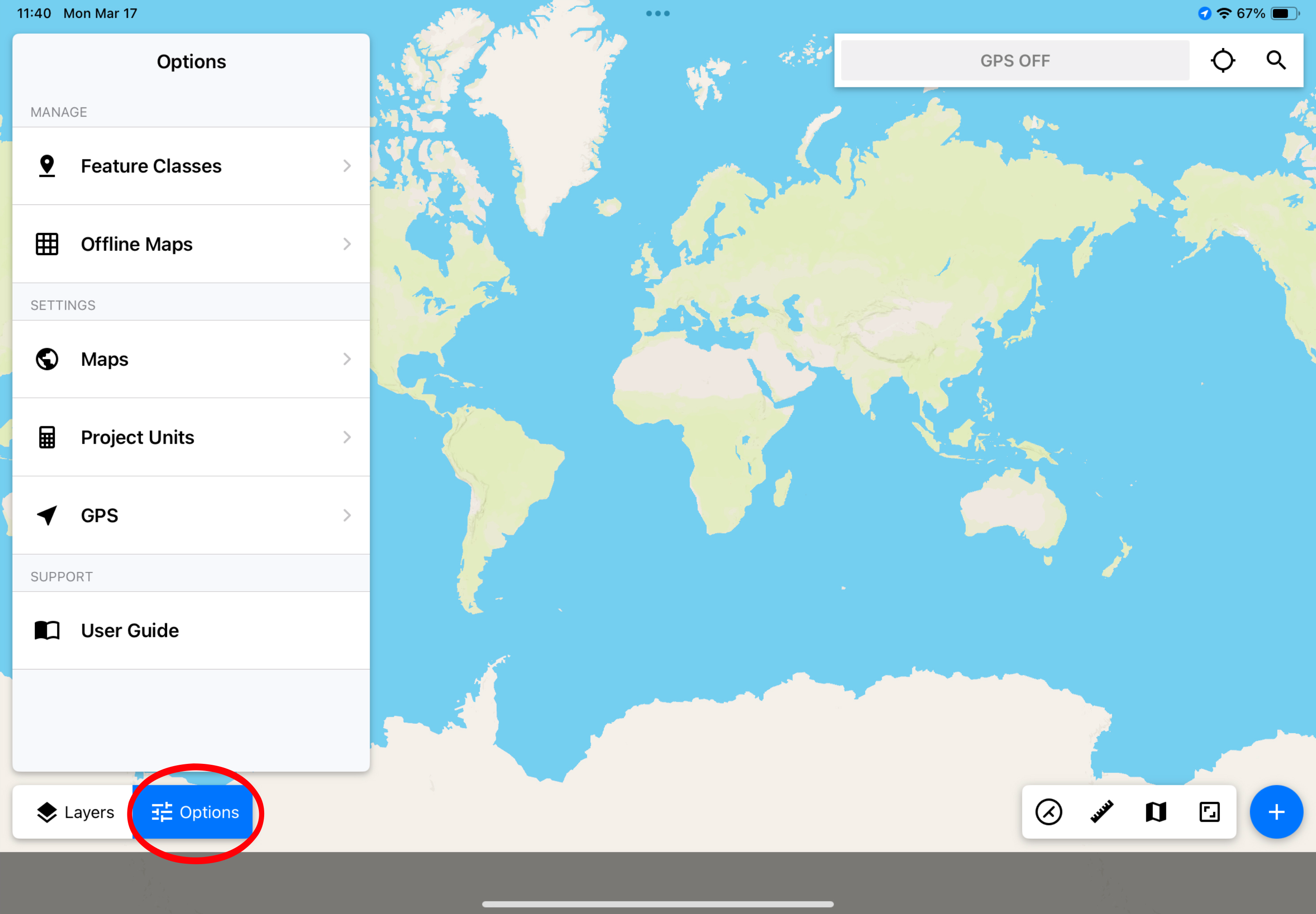
Read more about options features here.
Tutorial & Contextual Readout
This panel will show instructions using certain tools (i.e. Measure Tool, see below), but will mainly show map scale for your current map view.
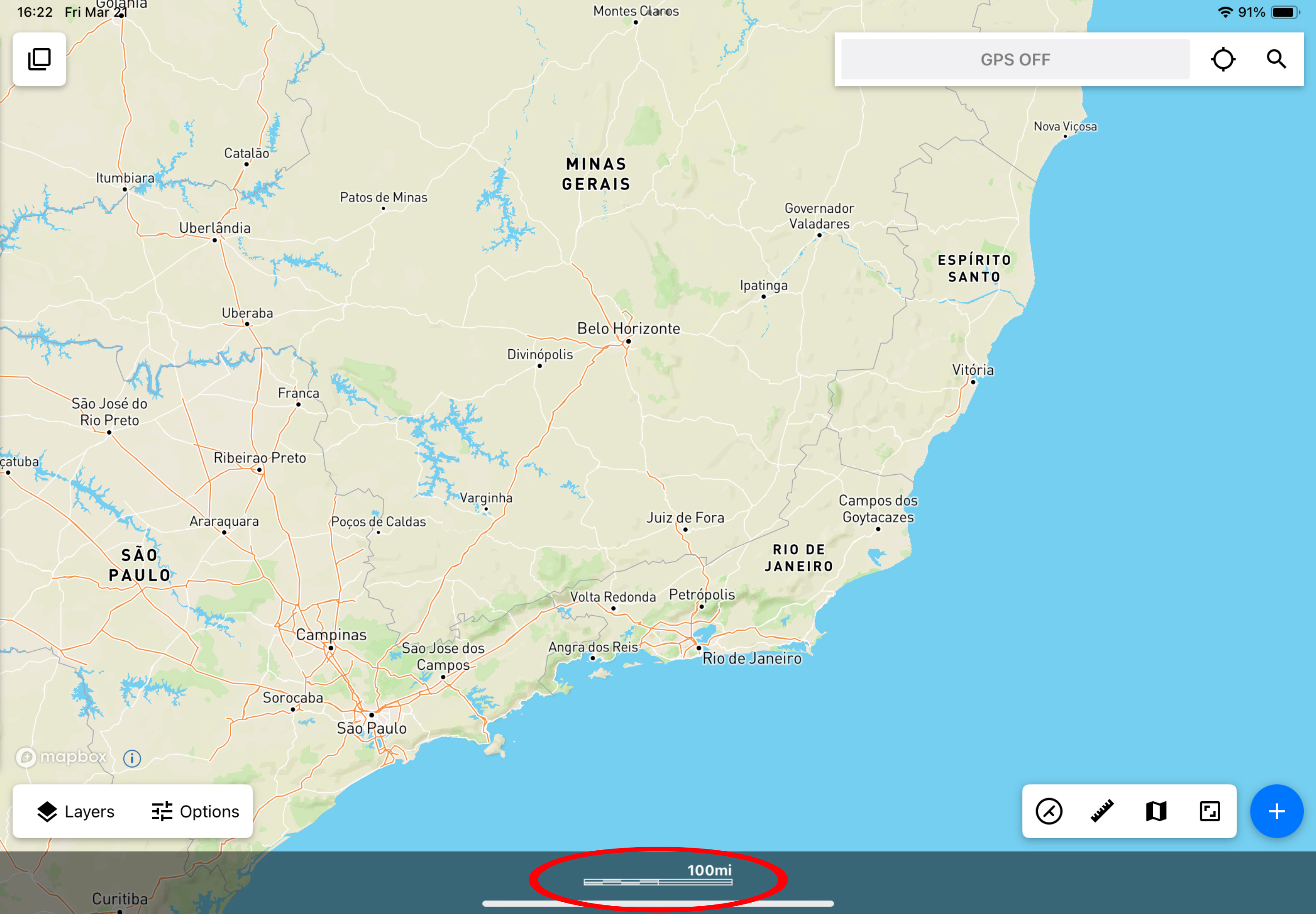
GPS Readout Panel and Options
Here you can turn GPS on and off and customize panel readout (location, coordinates, speed, elevation etc.)
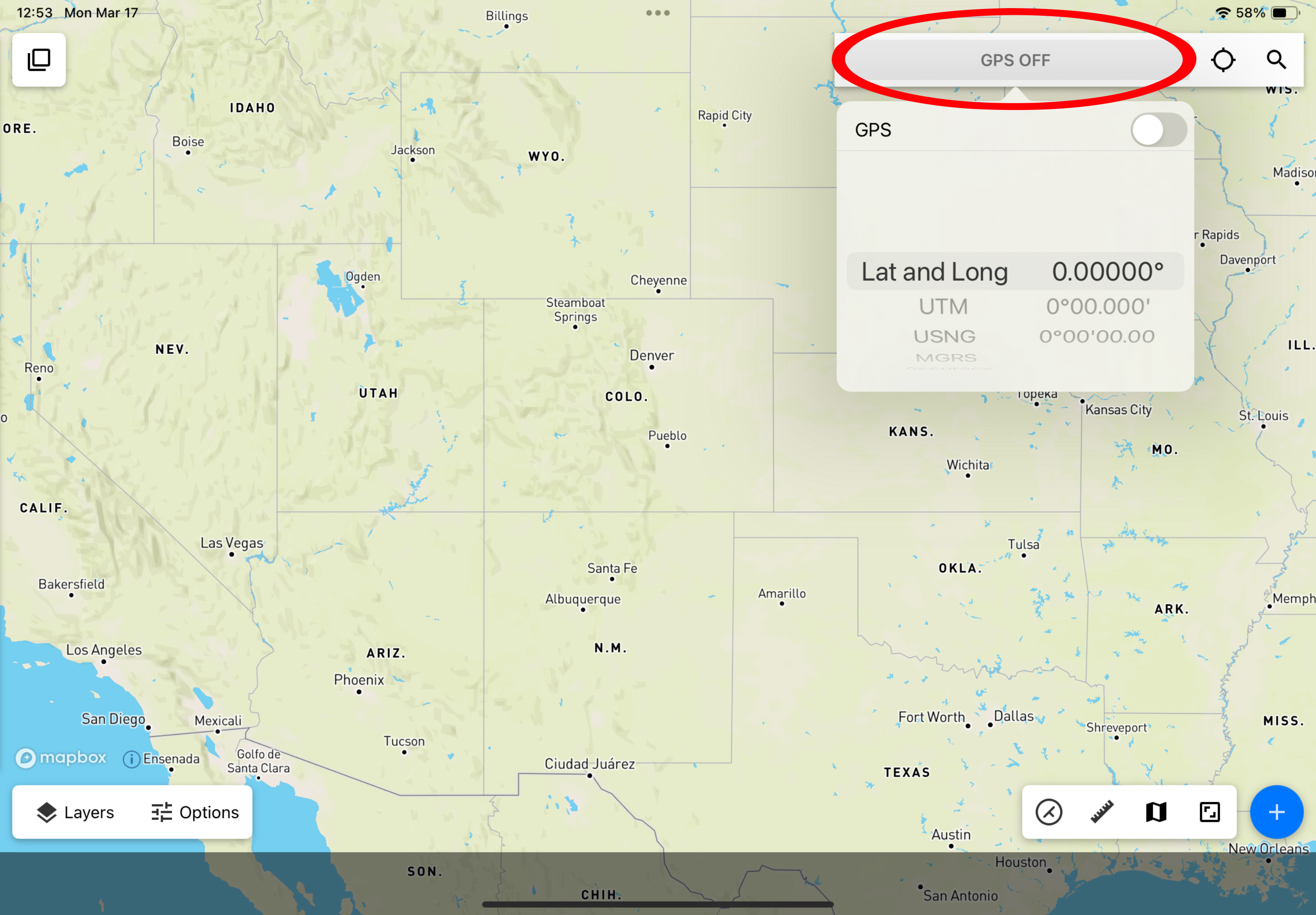
Locate Me & Coordinate Search Buttons
If you want to see your current location on the map, tap the Locate Me button. This will draw a blue dot on the map based on your current GPS location, and zoom the map on it.
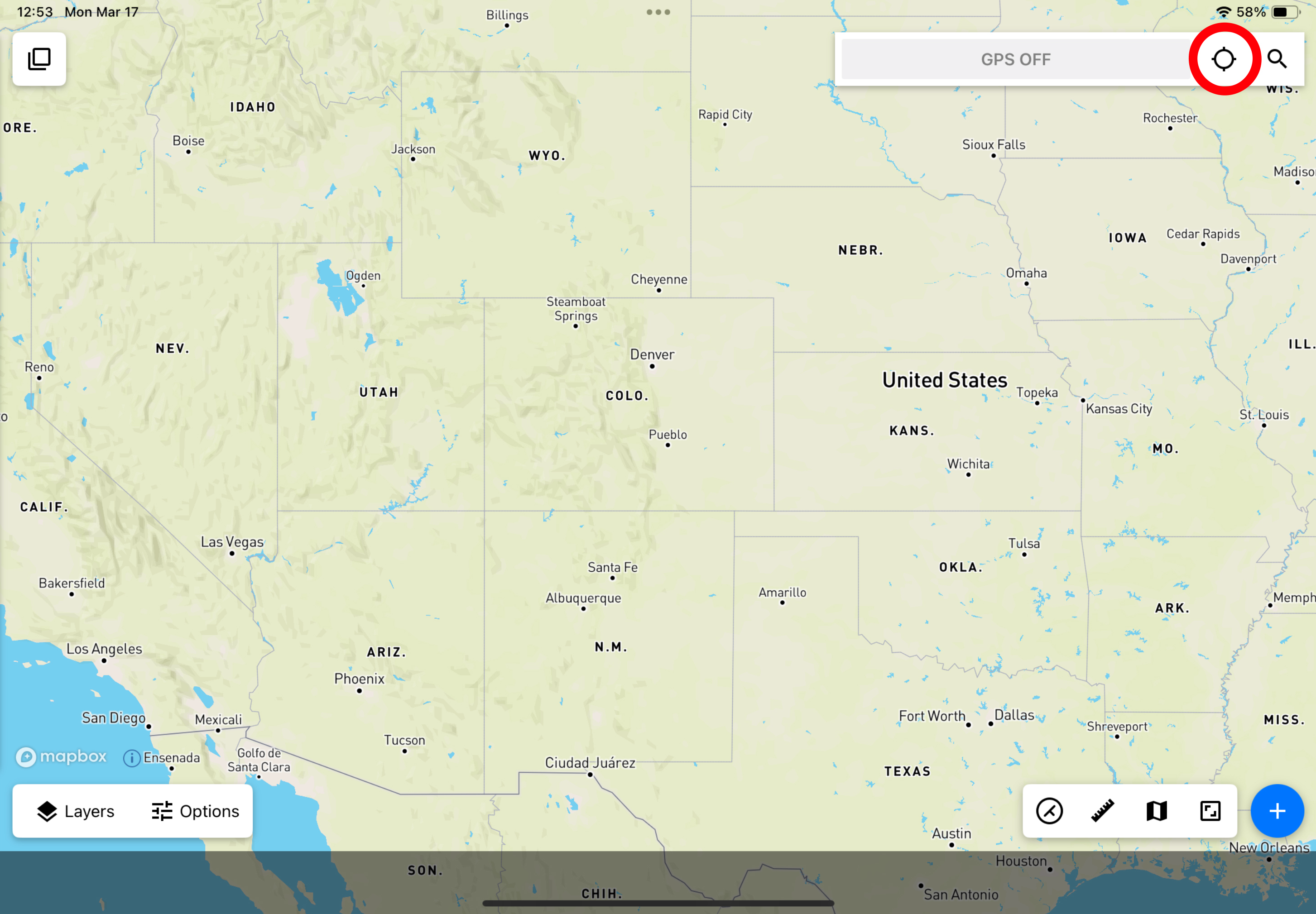
Otherwise, Coordinate Search allows you to input an exact coordinate in multiple formats if you need to place a point in a specific spot.
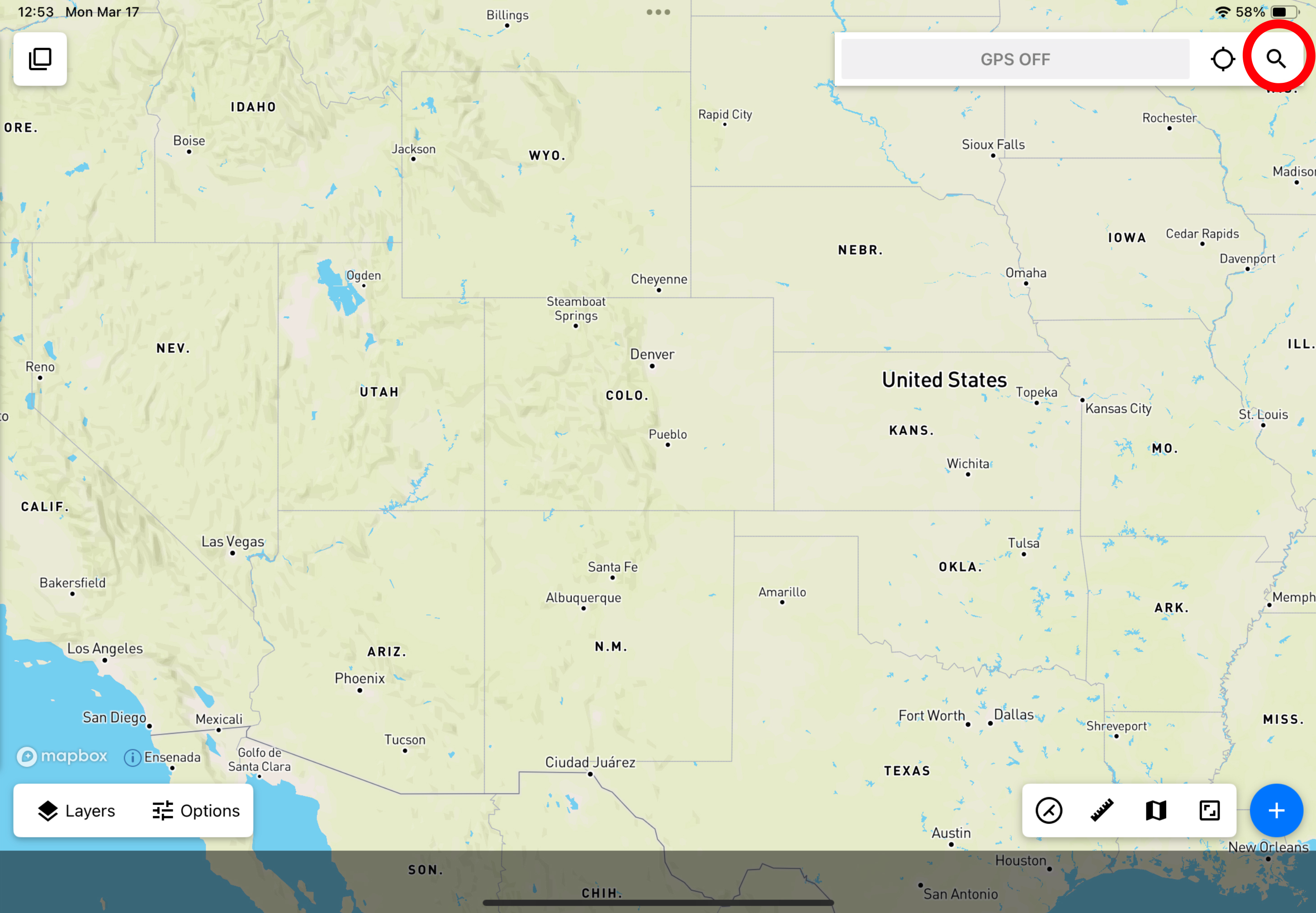
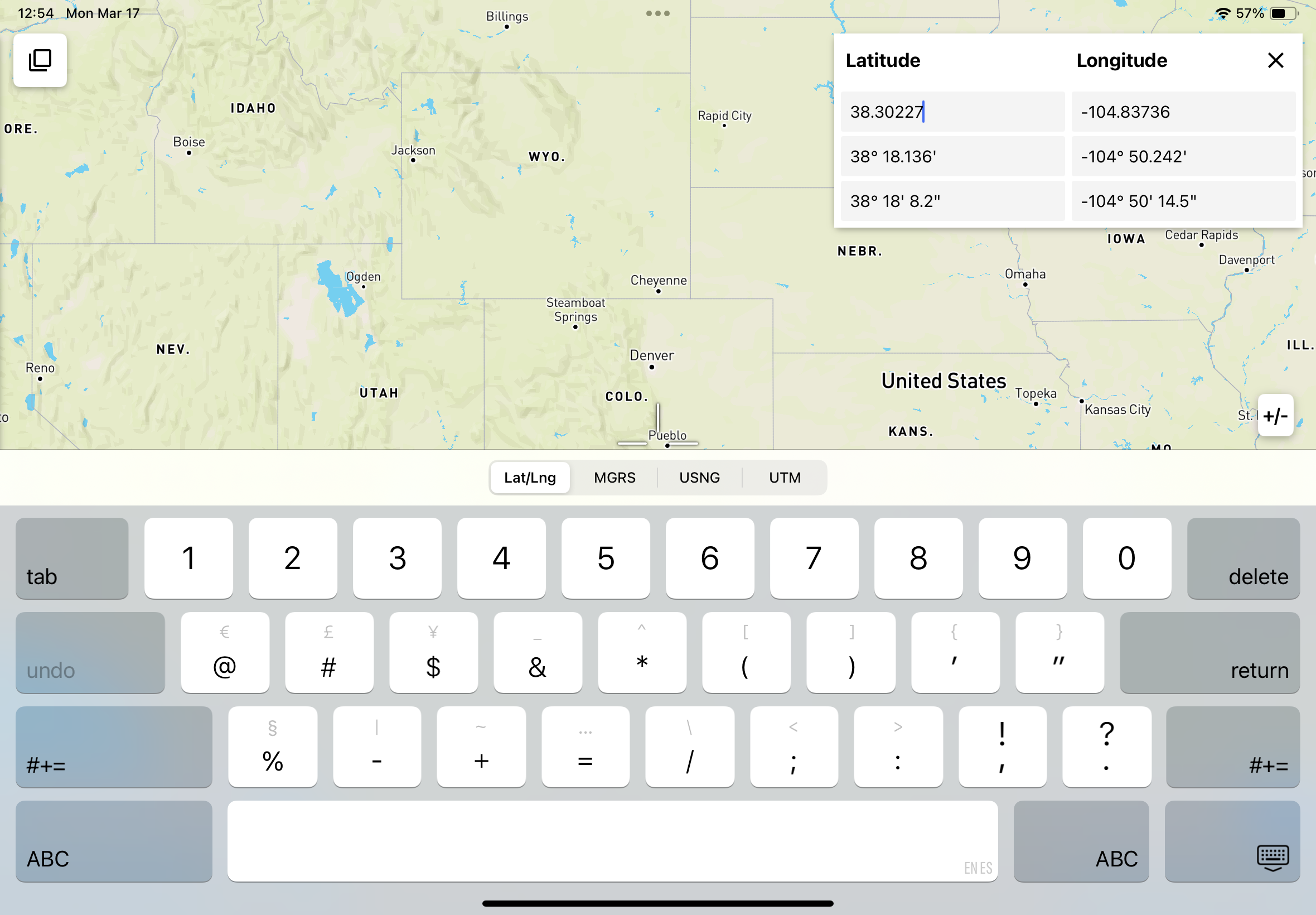
The Attitude Tool
Need to get some strike and dip measurements and don't want to fuss with your transit? Tap here to open the Clinometer and take measurements by aligning the surface of you device to the planar feature you want to measure.

The Measure Tool
Tap here to measure either the distance between two points on your project, or the area between three or four points.
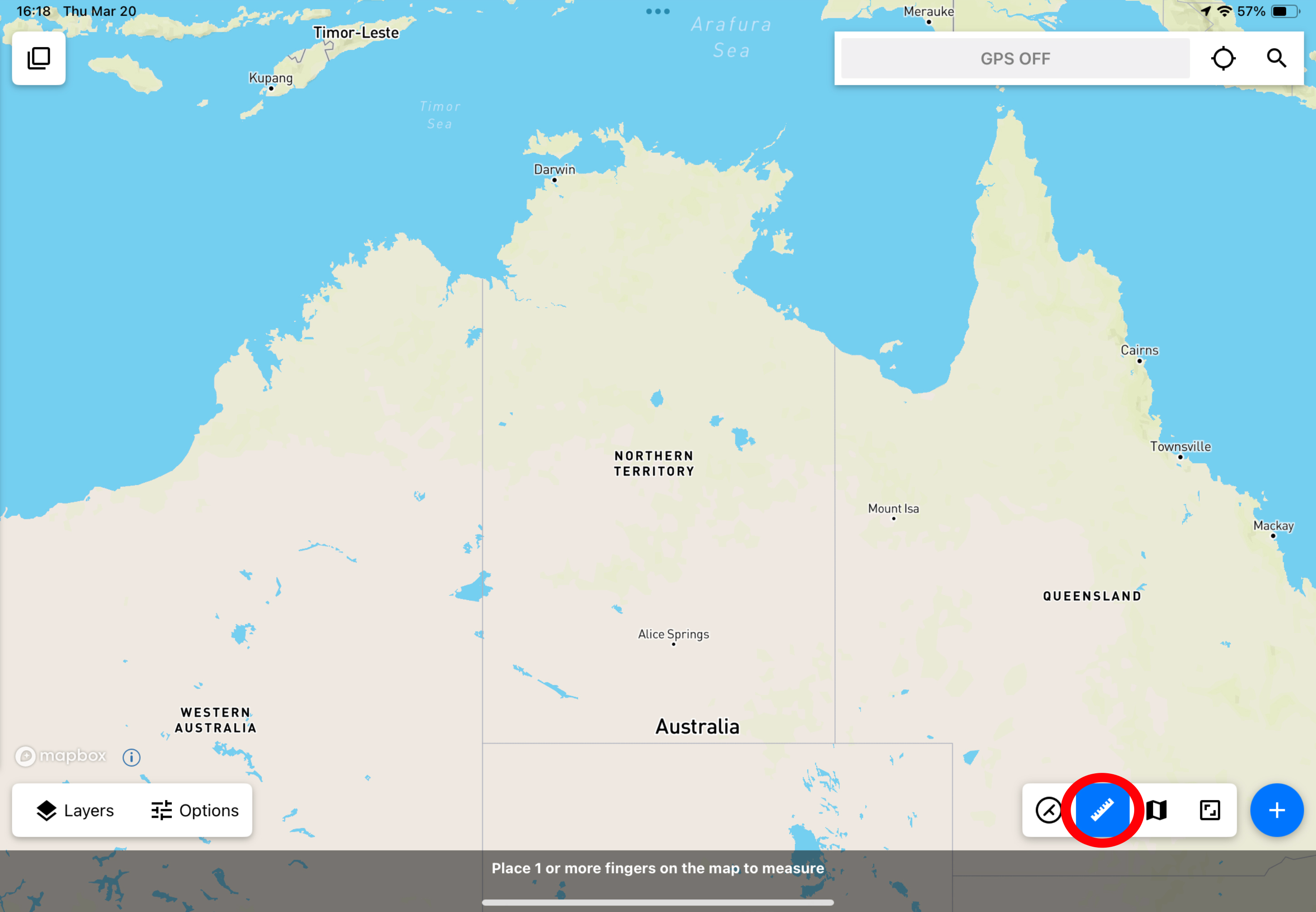
Basemaps & Overlays Menu
Here you can customize your map or terrain based on what works best for your project.

Adding Features To the Map
Tapping on the blue plus enables you to draw points, lines, polygons, and circles on your map.
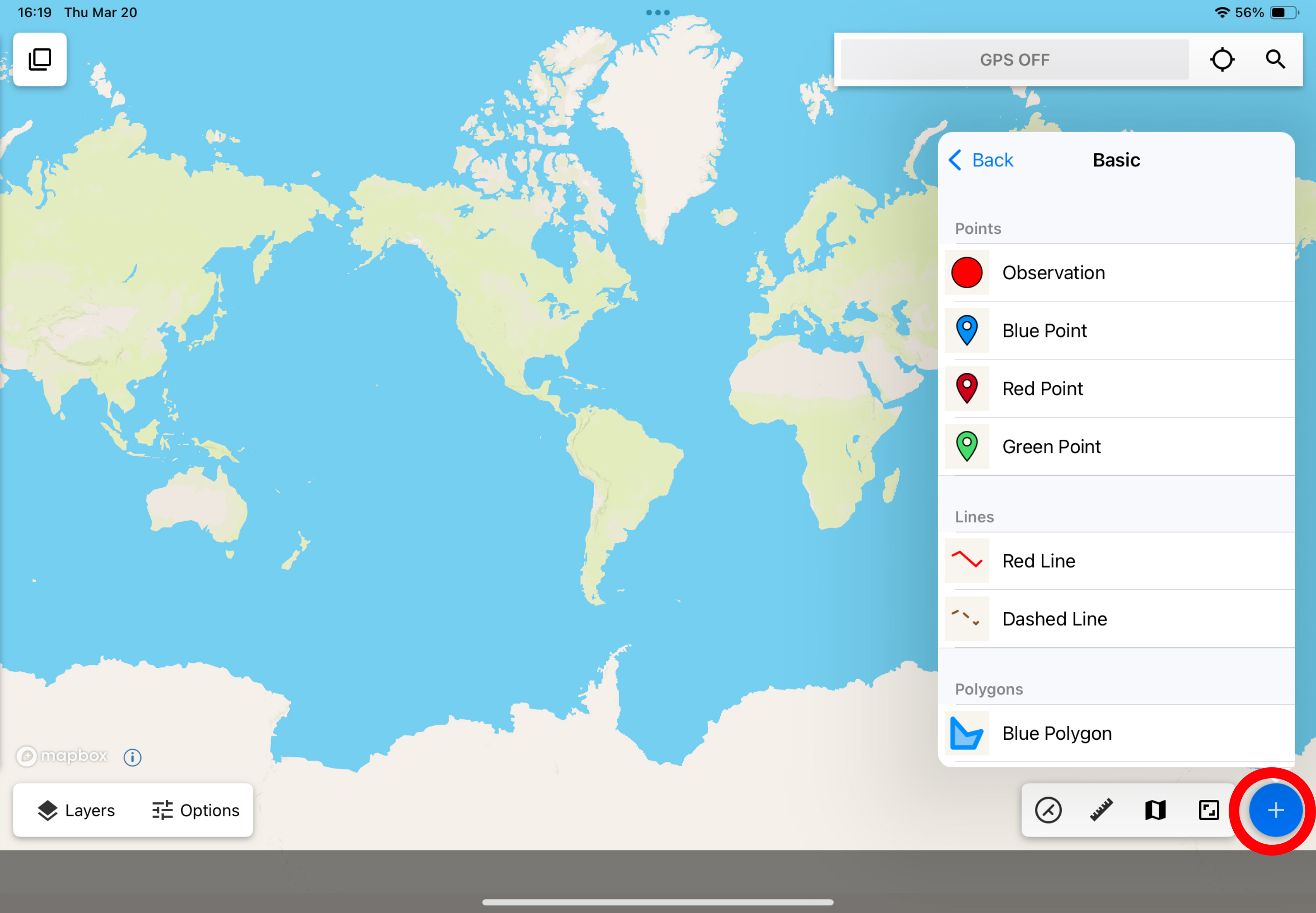
Return to Project Manager
When you’re done working, tap here to return to the project manager and see all your projects.
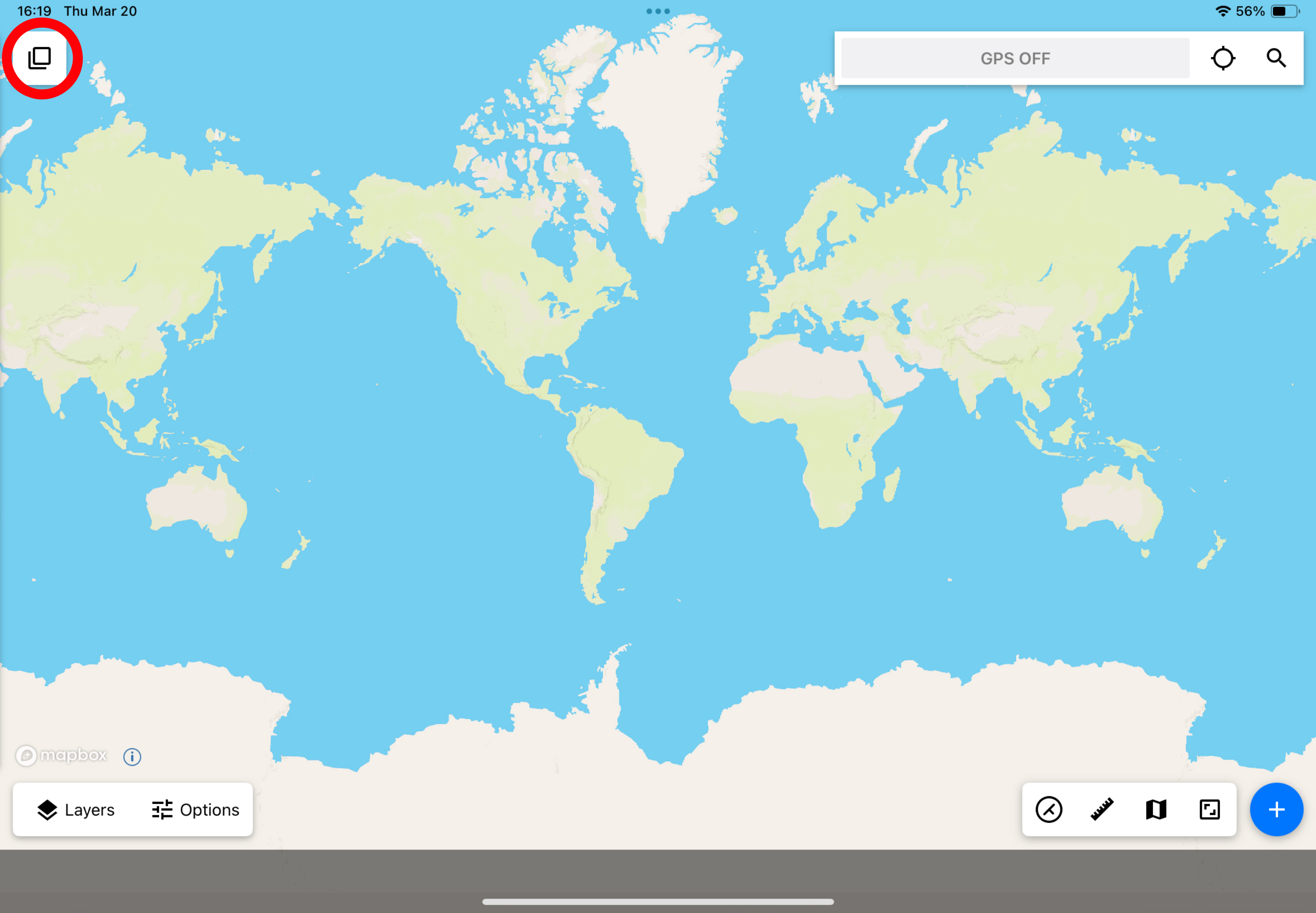
Anything missing from the Project Interface panel? Email us at blog@touchgis.com and let us know!

